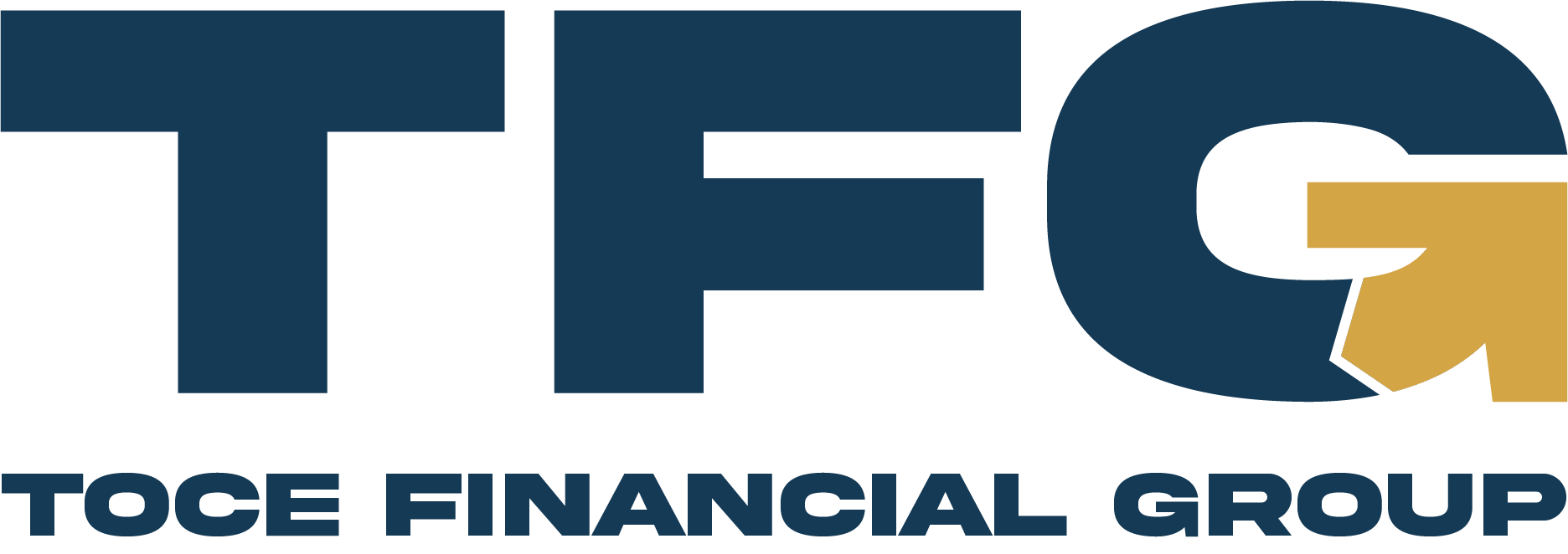Growth vs Income: Good Things Come to Those Who Wait
In the world of investing, there’s a continuous debate between investing for growth [ex: a portfolio of tech stocks] and investing for income [ex: a portfolio of dividend-paying stocks]. Both strategies have their proponents, but at Toce Financial we know that growth-oriented investing, especially when young, is a pathway to greater wealth. Let’s explore why waiting for growth might be the best choice.
1. **THE POWER OF COMPOUNDING**
The magic of compound interest is not just a concept; it’s a reality. A small 2% difference (the average dividend is 2%) in annual growth will lead to a substantial difference over time. Consider Berkshire Hathaway, which has famously never paid a dividend, focusing on reinvesting profits for growth.
For a $1,000 investment over 50 years:
– With a 20% growth rate, it would grow to approximately $913,000.
– With an 18% growth rate (after a 2% dividend), it would grow to around $507,000.
– The accumulated dividends over 50 years would be approximately $112,450.
So here’s the stark truth: by taking income of just 2%, you’re sacrificing $406,000 of tax-deferred growth for $112,450 in taxable income along the way.
2. **DIVIDENDS: A YOUNG INVESTOR’S MISTAKE?**
Young investors might find the allure of immediate income through dividends tempting. However, focusing on immediate income will dampen the effect of compound interest on your investments. By reinvesting profits rather than distributing them as dividends, the potential for wealth accumulation is significantly higher.
3. **SELLING SHARES VS RECEIVING DIVIDENDS**
You don’t need a company to pay a dividend to get income from its stock. Selling a share of stock and cashing out the proceeds is every bit as effective as receiving a dividend. This flexibility means you control when and how you realize gains, aligning your investment strategy with your financial goals.
4. **TRANSITIONING FROM GROWTH TO INCOME**
Investors can always shift from a growth-focused strategy to an income-oriented approach when they are ready. You don’t need a company to pay a dividend to get income from its stock. Selling a share of stock and cashing out the proceeds is every bit as effective as receiving a dividend. This flexibility means you control when and how you realize gains, aligning your investment strategy with your financial goals.
Here’s an example to illustrate: At today’s rates, $1,000,000 produces $50,000 in annual income. If you wait approximately 7-10 years, your portfolio may now be worth $2,000,000, capable of producing $100,000 in risk-free annual income.
CONCLUSION
Investing is a marathon, not a sprint. The choice between growth and income is crucial, but as the evidence suggests, growth leads to higher wealth accumulation, especially for younger investors.
At Toce Financial, we understand the nuances of these strategies and are committed to guiding our clients towards their ideal outcome. If you believe that good things come to those who wait, perhaps it’s time to consider a growth-oriented investment strategy.
